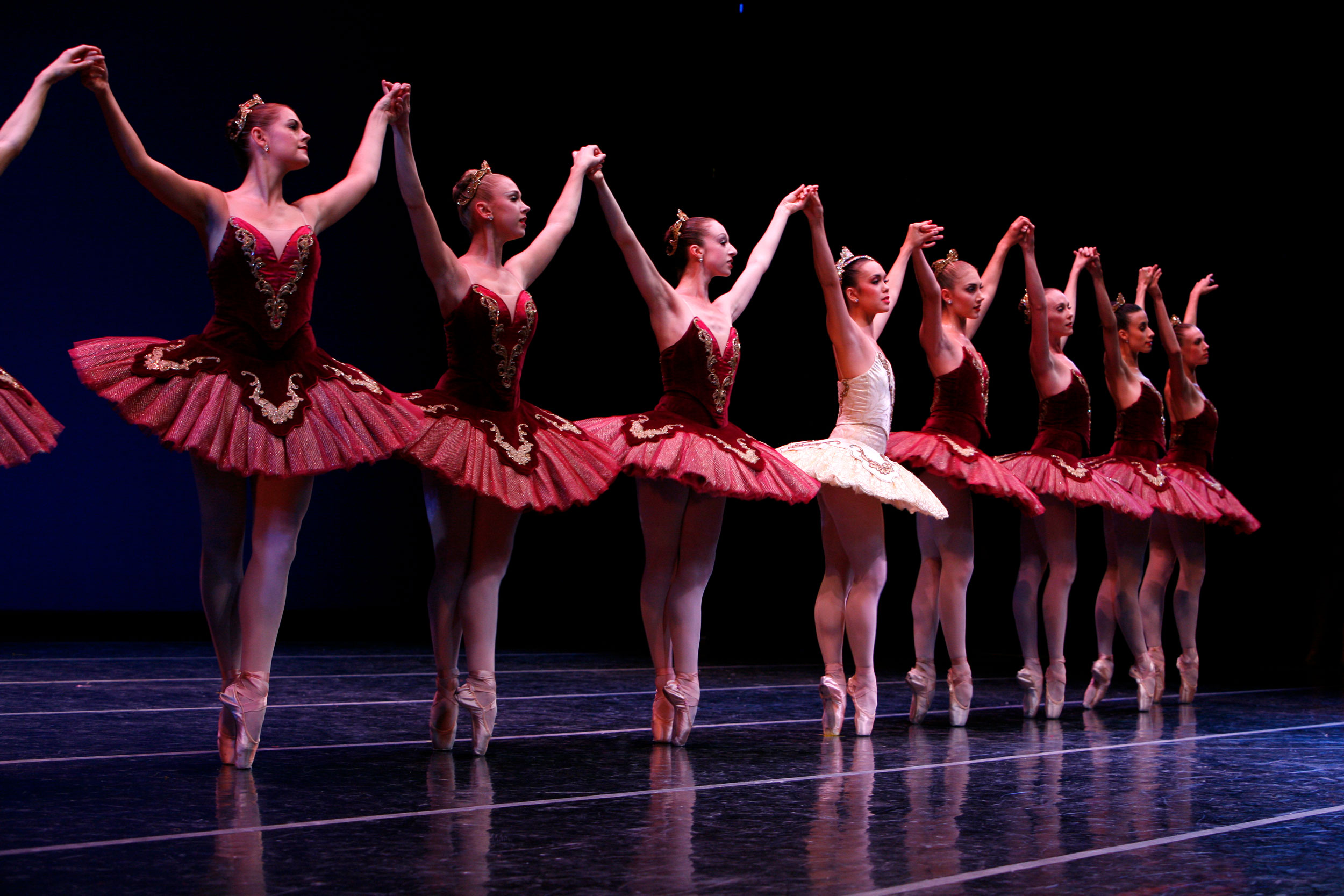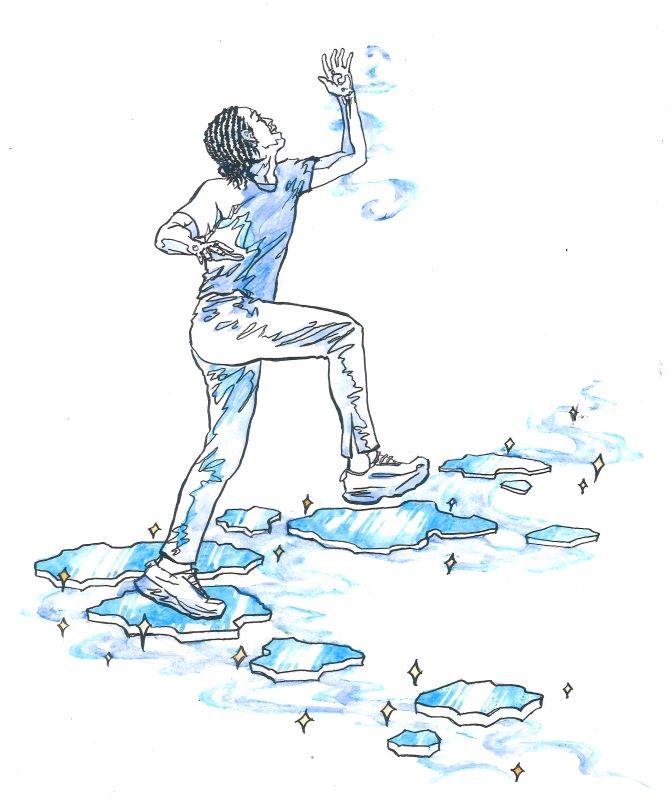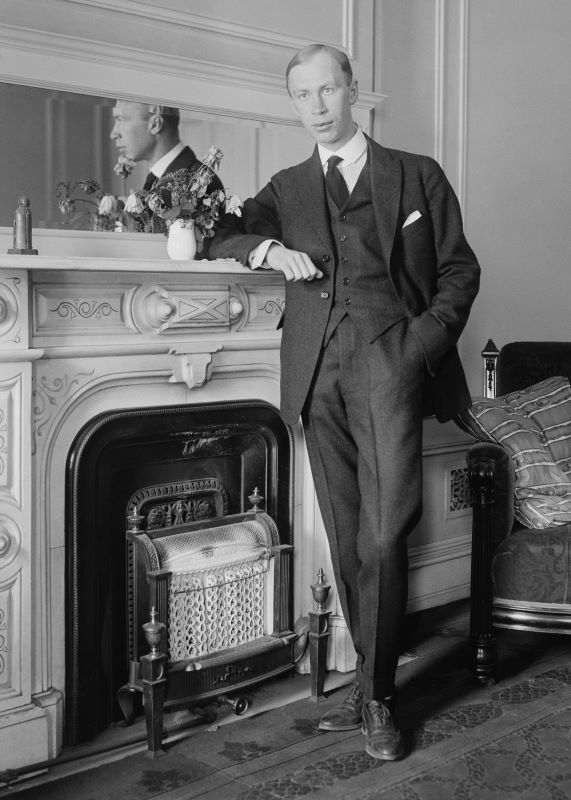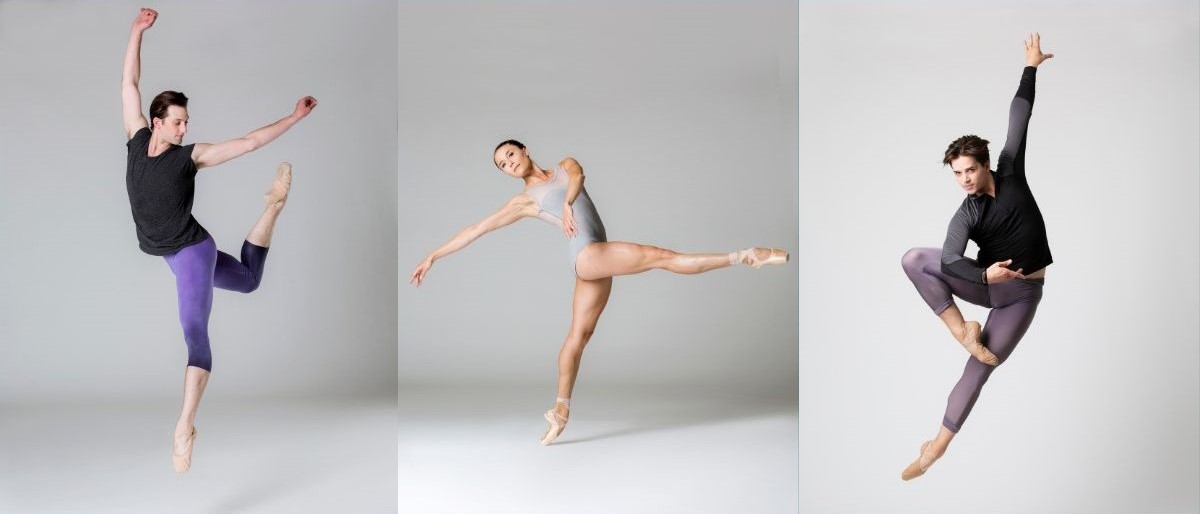Artistic Director’s Notebook: Theme and Variations, Signature, Tarantella, The Moor’s Pavane
By PNB Artistic Director Peter Boal
Pacific Northwest Ballet is a choreographer’s company. In some companies, that term might imply one choreographer creates the bulk of the repertoire. That’s not the case with PNB. We celebrate choreography, devoting resources, time, and energy to the creation of new dances and the presentation of notable pieces from the past—recognizing each choreographer has a voice of his or her own and performance is their means of expression. In my tenure as artistic director, we’ve added more than one hundred new works to the rep, bringing the company’s grand total of ballets to more than three hundred.
Presenting masterworks like José Limón’s The Moor’s Pavane and George Balanchine’s Theme and Variations is as important as providing opportunities for young choreographers like Price Suddarth. A virtual festival of new choreography happens the weekend of June 14. On Friday night, new works by Christopher D’Ariano, Dammiel Cruz, Ron Gatsby, Mark Haim, and 19 young women from Eva Stone’s new year-long choreography class debut outside of McCaw Hall, followed by six world premieres by Company dancers Nancy Casciano, Christopher D’Ariano, Steven Loch, Amanda Morgan, Sarah Pasch, and Calista Ruat on stage later that night as part of NEXT STEP. Saturday’s School Performance offers a revival by Kiyon Gaines and a premiere by Margaret Mullin.

Balanchine’s choreography has long been a backbone of PNB programs, starting in the Company’s earliest days with stagings by Janet Reed and Melissa Hayden. Francia Russell’s stagings built a Balanchine catalogue that is the envy of many companies. Two of his earlier works are part of this program, one staged by me and the other by Balanchine repetiteur and PNB favorite guest Judith Fugate.

What is remarkable about Balanchine’s work is the range. Tarantella is a dance for street entertainers in Italian piazze who perform in front of gathering crowds, shaking and banging tambourines in hopes of earning a coin or two. The dancers vie for favor, egging each other on and cashing in as the competition heats up. Theme might take place in the Tsar’s imperial court. Like Tchaikovsky’s triumphant score, it is a lesson in academic purity and the opulence derived from the basic principles of technique and musicality. If you were unfamiliar with the choreographer of these two works you probably wouldn’t guess they were made by the same person—worlds apart and yet each is a mastery of musicality, speed, and thrill.

Balanchine’s aesthetic inhabits the work of many who followed him. Price Suddarth is no exception, having trained at Balanchine’s School of American Ballet and having danced in dozens of his ballets throughout his career. Signature takes Balanchine’s principles and extends them—adding reach, testing partnering, playing with patterns, and finding new ground—all fueled by the alluring composition of Barret Anspach. Price’s choreographic talent continues to gain notice across the country. In the past few months, his ballets have been performed by Kansas City Ballet, Tulsa Ballet, and PNB.

José Limón’s The Moor’s Pavane is a haunting distillation of Shakespeare’s Othello, staged for us with care and insight by Jennifer Scanlon. Pairing the drama of the plot with the formality of a courtly pavane, Limón creates an inescapable tension. Elements of betrayal, suspicion, and passion swim through the structure of the dance, but can’t break it. The back and forth between emotion and control reach a boiling point and a point of no return. Limón’s use of choreography to convey emotion and story is unparalleled.

Each of the four works on this program succeeds on its own, but seen together we admire the tremendous variation choreographers bring to dance. All four are unique and stand in stark contrast to the others, and yet common denominators of music and movement on a bare stage unite. We realize the possibilities of creation are endless. This is what Eva’s students are discovering. Their class is called New Voices, and as they prepare to show their creations on June 14, they are in the audience with you now, watching these three choreographers speak with their distinct voice and finding their own. Thank you all for listening.

Peter Boal
THEMES & VARIATIONS ONSTAGE AT McCAW HALL MAY 31–JUNE 9, 2021
Featured photo: Kaori Nakamura and Lucien Postlewaite with Company dancers in Theme and Variations in 2006; choreography by George Balanchine © The George Balanchine Trust; photo © Angela Sterling.


